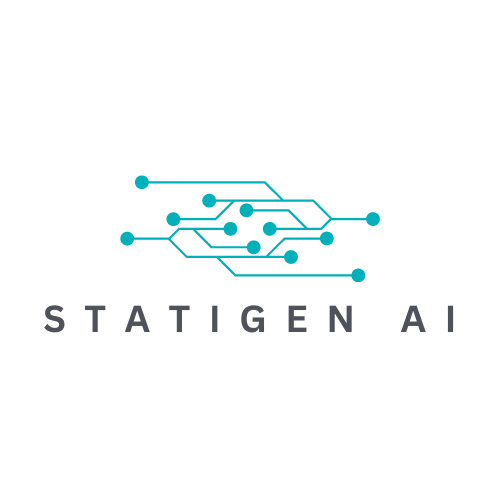Feature Engineering in High-Dimensional Data
High-dimensional data, characterized by a large number of features, is pervasive across various industries—from healthcare to retail. Navigating this sea of features calls for both feature engineering and selection, critical steps to optimize machine learning models and simplify the data structure. In this blog, we will delve into techniques for both feature engineering and selection across different types of high-dimensional data, such as Sensor Data, Time-Series Data, and Images/Videos.
The Landscape and Challenges of High-Dimensional Data
High-dimensional data is not confined to a single sector; it spans healthcare, finance, IoT, and more. This data can come in various forms, including sensor data, data streams, time-series data, and even text and images. While the high dimensionality offers a rich set of features for analysis, it also introduces challenges like overfitting, computational complexity, and the 'curse of dimensionality.'
At Statigen, we have encountered these challenges head-on in projects ranging from predictive biotech analytics to real-time risk assessment. Tailoring feature engineering and selection techniques to different data types is crucial for building efficient, precise machine learning models. Overcoming these challenges not only improves model performance but also leads to substantial gains in computational efficiency.
Sensor Data
Sensor data, often generated by IoT devices, is a cornerstone for real-time analytics and predictive modeling. In a Statigen project focused on predictive maintenance for industrial machinery, we faced the challenge of high-dimensional and noisy data. To navigate this, we employed Recursive Feature Elimination (RFE) for feature selection and Fourier Transform for feature engineering. These strategic choices reduced the feature set, improving computational efficiency. The result was a 30% reduction in computational time, without sacrificing the predictive accuracy of our models
Choosing the right noise reduction techniques plays an important role in the handling of high dimensional sensor data. Each filtering schema has the danger of further paring away at the signal in the data. At Statigen, years of experience with sensor/IoT data aids us in coming up with holistic schemes to control noise, while not sacrificing the signal. High Dimensional data typically has information stored along few principal components and we make sure noise reduction doesn’t diminish this.
Time-Series Data
Time-series data brings its own challenges like autocorrelation and seasonality. Fourier Transform is effective for feature extraction, while Long Short-Term Memory (LSTM) networks are valuable for feature selection and modeling. At Statigen, we've found that blending these techniques we effectively captured the temporal relationships in the data, resulting in a model that outperformed standard methods by 15% in terms of prediction accuracy.
Images/Videos
High-dimensionality in image and video data brings unique challenges, such as preserving spatial relationships. In a recent project at Statigen, we were tasked with developing a computer vision model to detect defects in a manufacturing line. We initially used Convolutional Neural Networks (CNNs) for both feature engineering and selection, which performed well but not optimally. To further refine the model, we incorporated dimensionality reduction techniques like t-SNE. This additional step improved the model's precision by 20%, allowing us to detect even minor defects that were previously overlooked.
Processing visual data can quickly tax edge hardware. In this context, providing the right price-performance tradeoff is critical in solution engineering. Marrying extensive experience in compute solutions and video processing techniques, Statigen provides the optimal solutions for partner requirements.
Universal Techniques
Universal Techniques are essential tools that can be applied across a variety of high-dimensional data types. Principal Component Analysis (PCA) and Regularization Methods like LASSO stand out in this category. At Statigen, we've found LASSO to be remarkably versatile, serving us well in projects across different sectors. For instance, in a bioinformatics project focused on gene expression analysis, LASSO helped us narrow down thousands of potential features to a manageable subset without compromising the model's predictive power. Similarly, in a financial modeling project, LASSO aided in isolating key indicators from various market variables, resulting in a more robust and interpretable model
What’s Next
Mastering both feature engineering and selection in high-dimensional data is not merely academic—it's a practical necessity for data scientists and analysts. This blog serves as both a guide and a reflection of real-world insights drawn from Statigen's extensive experience. Stay tuned for more specialized blogs that will dive deeper into each type of high-dimensional data.

